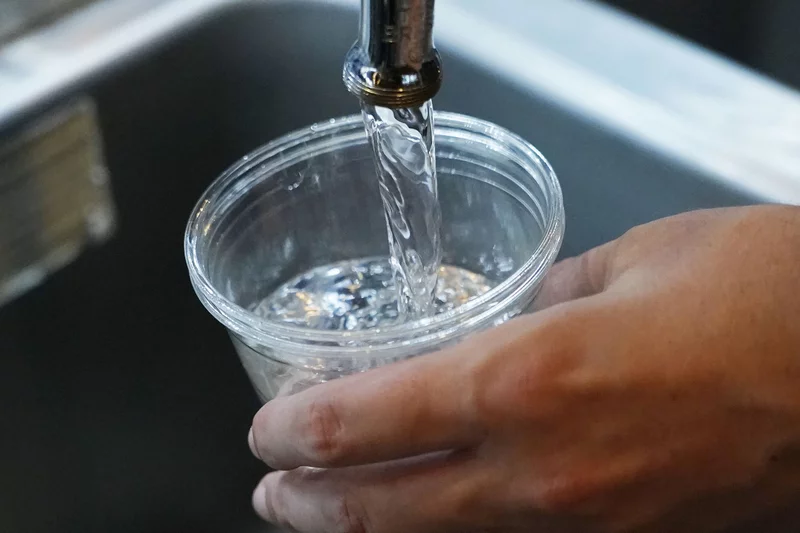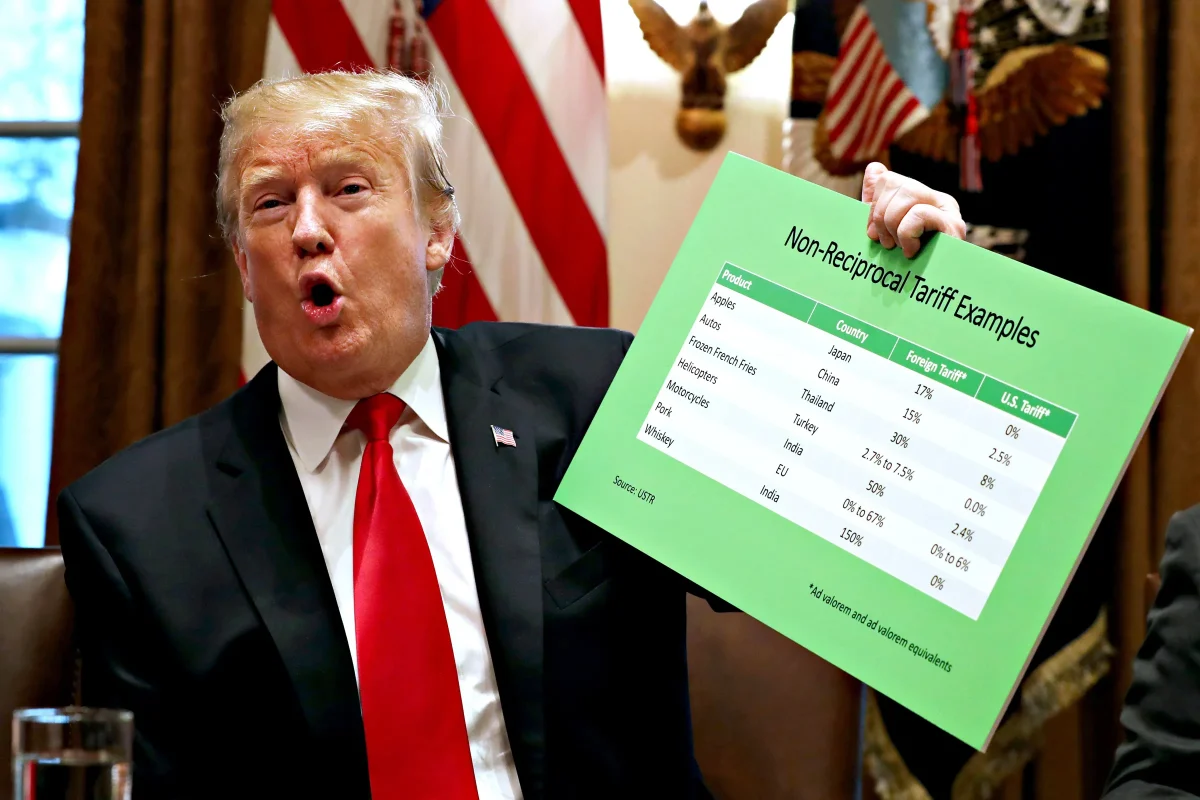The Environmental Protection Agency announced new drinking water standards Wednesday to limit exposure to a class of chemicals called PFAS. “There’s no doubt that these chemicals have been important for certain industries and consumer uses, but there’s also no doubt that many of these chemicals can be harmful to our health and our environment,” said EPA administrator Michael Regan in a call with reporters. This is the first time the agency has set enforceable limits on PFAS in drinking water. perfluoroalkyl and poly-fluoroalkyl substances – a large group of man-made chemicals that have been used since the 1940s to waterproof and stainproof products from clothing, makeup, and furniture to firefighting foam and semiconductors.
PFAS from the 1940s “are still in our environment today,” says Anna Reade, lead scientist on PFAS for the Natural Resources Defense Council. “The levels of these chemicals keep building up in our water and our food and our air.” Evidence for their harmful effects on human health has also accumulated. “Long-term exposure to certain types of PFAS have been linked to serious illnesses, including cancer, liver damage, and high cholesterol,” the EPA’s Regan said. The EPA also noted that PFAS exposure has been linked to immune and developmental damage to infants and children. The proposal would set strict limits of 4 parts per trillion, the lowest level that can be reliably measured, for two common types of PFAS compounds called PFOA and PFOS. In addition, the EPA wants to regulate the combined amount of four other types of PFAS. Water providers will have to monitor for PFAS. The public will have a chance to comment, and the agency can make changes before issuing a final rule, expected by the end of the year.
Environmental and public health advocates have called for federal regulation of PFAS chemicals for years. Over the last decade, the EPA has repeatedly strengthened its protective, voluntary health thresholds for the chemicals but has not imposed mandatory limits on water providers. The agency estimates that it will cost $1.5 billion a year for water companies to comply with the regulation – for as long as PFAS continues to show up in the drinking water. “The costs are not just for a one-time sampling and then putting in the treatment,” Southerland says. They include ongoing monitoring and maintaining equipment, for instance, replacing carbon filters on a regular schedule. The EPA says the benefits will equal, if not exceed the cost, in terms of less cancer, and fewer heart attacks, strokes, and birth complications in the affected population.
“The final rule is a breakthrough for public health,” says Erik Olson, a senior director with NRDC. “We believe it’s going to save thousands of lives as a result of reduced exposure of tens of millions of people to these toxic chemicals in the tap water.” There are more than 12,000 known PFAS chemicals. The six that the EPA is restricting “have had many animals and, in many cases, human studies, so [the EPA] feels confident that they have estimated the safe levels of these chemicals,” says Elizabeth Southerland. In addition to other PFAS, “they will also be taking out all kinds of pesticides, pharmaceuticals, and personal care products that are unregulated now under the Safe Drinking Water Act, but [which] we know have serious health effects,” Southerland says.
The rule is the first national drinking water limit on toxic PFAS, or perfluoroalkyl and poly-fluoroalkyl substances, which are widespread and long-lasting in the environment. Health advocates praised the Environmental Protection Agency for not backing away from tough limits the agency proposed last year. Safer States and Toxic-Free Future applaud the adoption of record-low drinking water standards for these PFAS chemicals and say PFAS are too harmful to be put into commerce. The following statements were released in response to this news. “PFAS from an upstream chrome plating facility contaminated the drinking water source in my community,” said Robb Kerr, Ann Arbor community leader and Great Lakes PFAS Action Network member.
“These EPA drinking water standards are long overdue for impacted community members across the country that have also dealt with PFAS pollution in their drinking water.” “This is a huge victory. These new rules will give communities across America access to safer drinking water,” explained Sarah Doll, national director of Safer States. “For years, states have led the way in addressing PFAS contamination. We applaud the administration for stepping up to ensure that all states and communities have these protections.”














